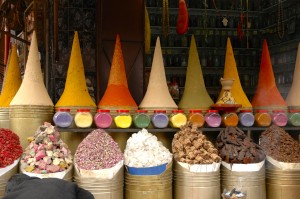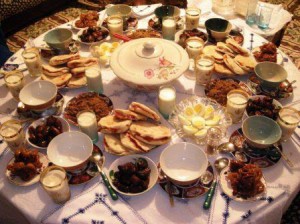Morocco’s Great Spice Trade, Your Morocco Tour Guide
October 14th, 2014
The great sea voyages of the Portuguese explorers Ferdinand Magellan, who served for a while in Morocco, Vasco de Gama and the Spanish captain Christopher Columbus expanded trade routes around the world and especially the spice trade and the security of these routes was crucial. Morocco was on the route between Europe, the…



